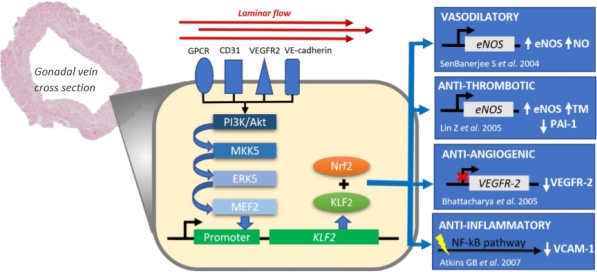Assessing the Impact of Flow in Hypothermic Machine Perfusion on Human Venous Endothelium Using a Novel Ex Vivo Model
1Department of Renal Surgery, Queen Elizabeth Hospital, Birmingham, West Midlands, United Kingdom
2College of Medical and Dental Sciences, University of Birmingham, Birmingham, West Midlands, United Kingdom
3Division of Pathology Laboratories, Western General Hospital, Edinburgh, United Kingdom
4Department of Cellular Pathology, Durham and Darlington NHS Foundation Trust, Newcastle, Newcastle Upon Tyne, United Kingdom
5Department of Histopathology, University Hospitals Birmingham NHS Trust, Birmingham, West Midlands, United Kingdom.
Meeting: 2018 American Transplant Congress
Abstract number: B18
Keywords: Apoptosis, Endothelial activation, Endothelial cells
Session Information
Session Name: Poster Session B: Endothelial Cell Biology
Session Type: Poster Session
Date: Sunday, June 3, 2018
Session Time: 6:00pm-7:00pm
 Presentation Time: 6:00pm-7:00pm
Presentation Time: 6:00pm-7:00pm
Location: Hall 4EF
BACKGROUND
Hypothermic machine perfusion (HMP) involves dynamic flow of chilled preservation fluid through an allograft's vasculature. This study describes a simple, reproducible, human model that allows for interrogation of flow effects during ex vivo organ perfusion.
METHODS
Gonadal veins from deceased human renal allografts were subjected to either static cold storage (SCS) or HMP conditions for up to 24 hours. A range of measures including differential caspase-3 and Kruppel-like factor 2 (KLF2) expression in addition to electron microscopic analysis were compared between 'flow' and 'no-flow' conditions, with living donor gonadal vein sections serving as negative controls.
RESULTS
The increase in caspase-3 expression was less pronounced for HMP veins compared with SCS (median fold increase 1.2 vs 2.3) (p < 0.05). Transmission electron microscopy provided ultrastructural corroboration of endothelial cell apoptosis in SCS conditions. In addition, for SCS preserved veins, KLF2 expression diminished in a time-dependent manner between baseline and 12 hours (p < 0.05), but was abrogated and reversed by HMP (p < 0.05).
CONCLUSIONS
Our methodology is a simple, reproducible and successful model of ex vivo perfusion in the context of human organ preservation. The two widely utilised markers of endothelial health (caspase-3 and KLF2) differ between the flow and no-flow conditions. These findings suggest that ex vivo perfusion may mediate the induction of a biochemically favourable endothelial niche which may contribute to HMP's association with improved renal transplantation outcomes.
CITATION INFORMATION: Marie Y., Ries W., Patel K., Turnbull C., Jamil N., Caldwell H., Telfer R., Neil D., Nath J., Inston N. Assessing the Impact of Flow in Hypothermic Machine Perfusion on Human Venous Endothelium Using a Novel Ex Vivo Model Am J Transplant. 2017;17 (suppl 3).
To cite this abstract in AMA style:
Marie Y, Ries W, Patel K, Turnbull C, Jamil N, Caldwell H, Telfer R, Neil D, Nath J, Inston N. Assessing the Impact of Flow in Hypothermic Machine Perfusion on Human Venous Endothelium Using a Novel Ex Vivo Model [abstract]. https://atcmeetingabstracts.com/abstract/assessing-the-impact-of-flow-in-hypothermic-machine-perfusion-on-human-venous-endothelium-using-a-novel-ex-vivo-model/. Accessed December 24, 2025.« Back to 2018 American Transplant Congress

